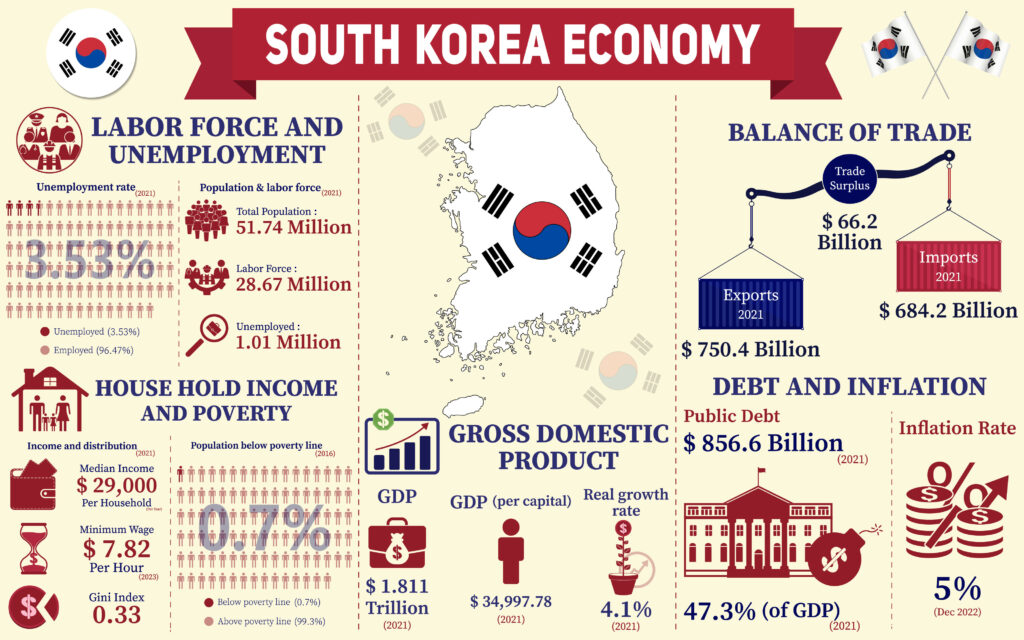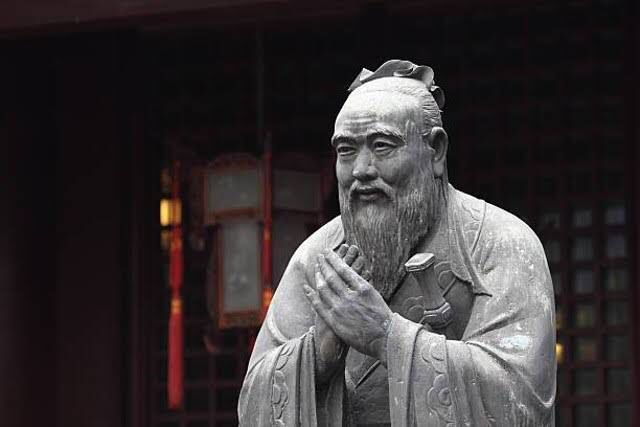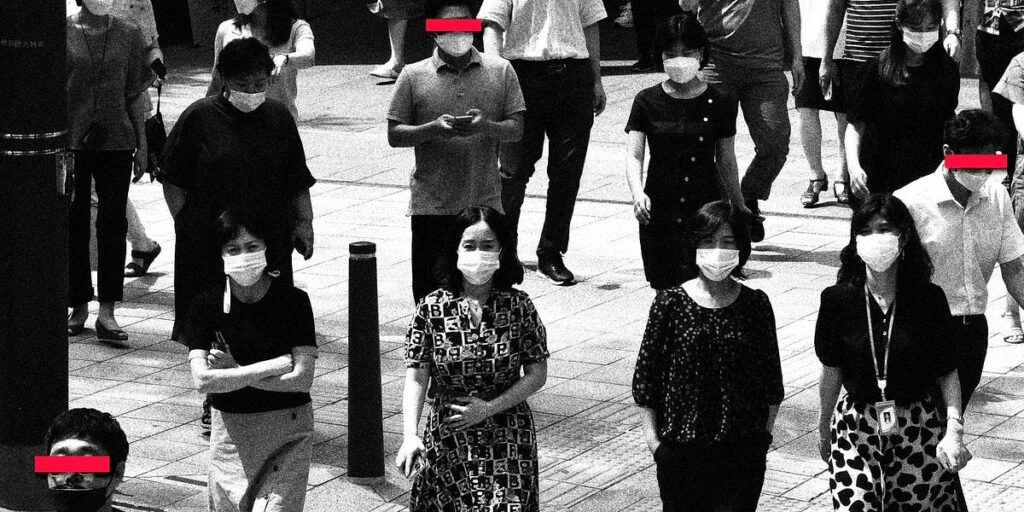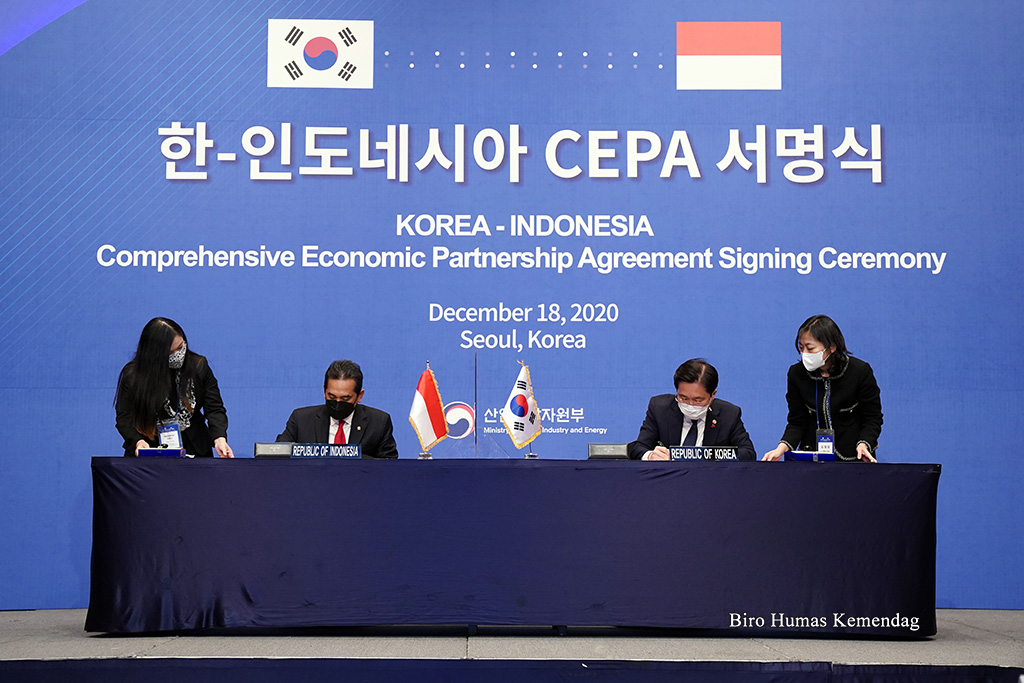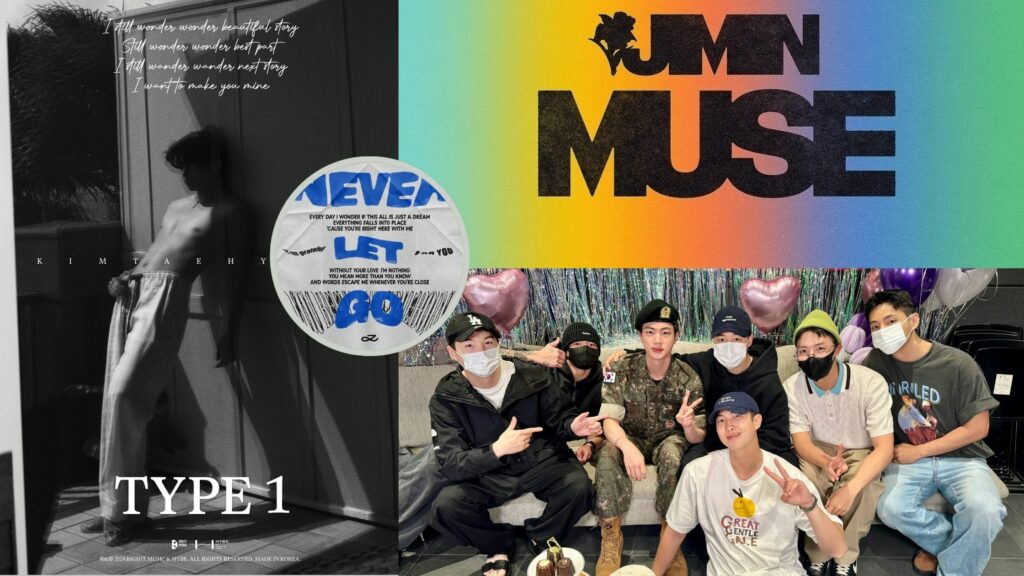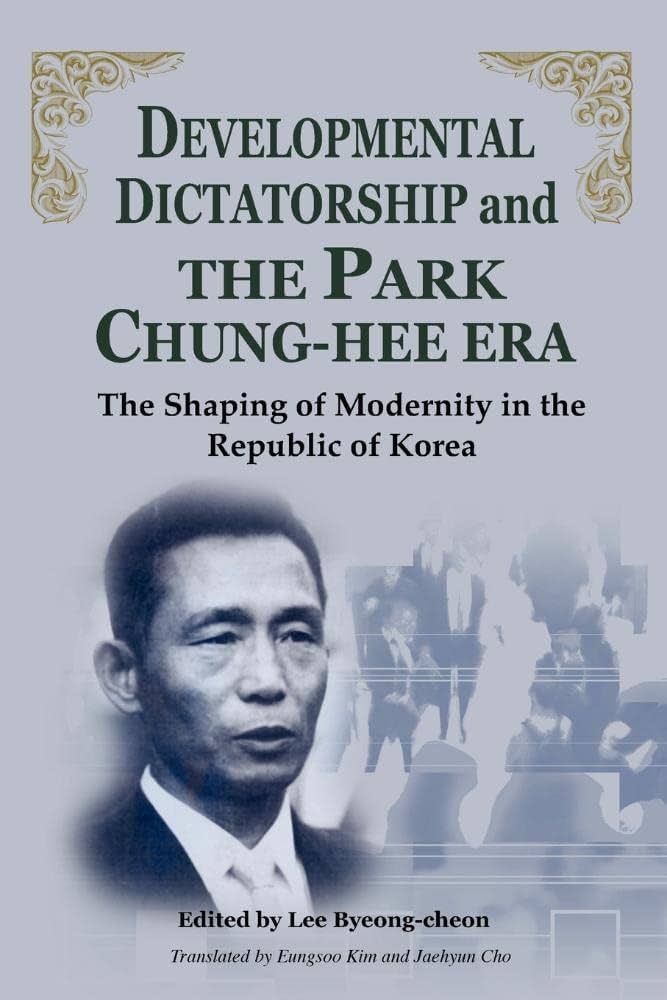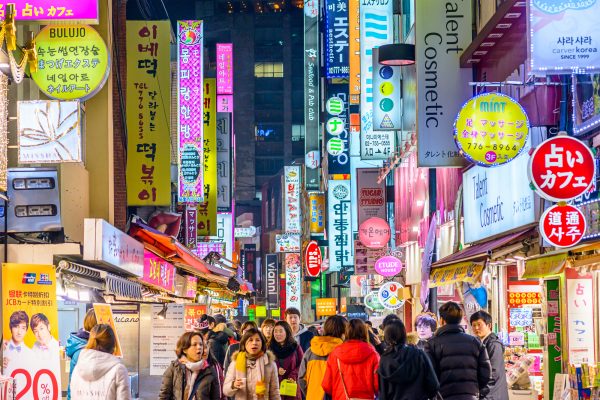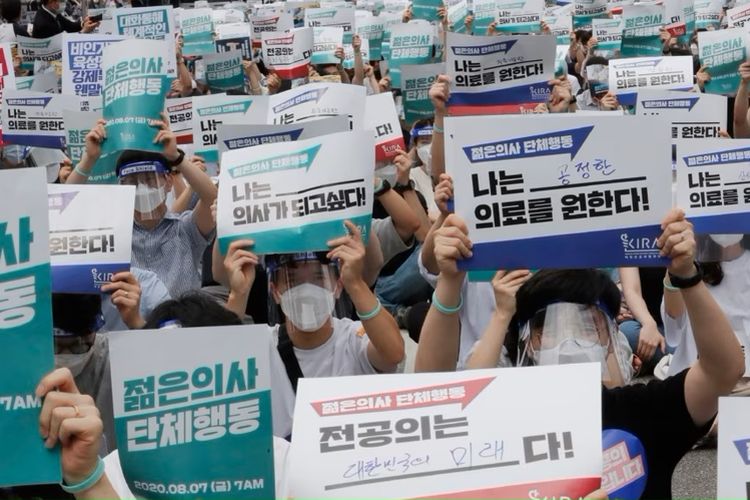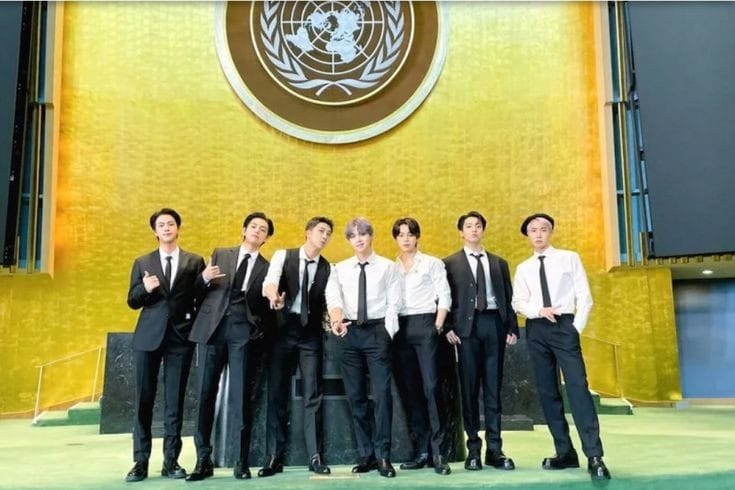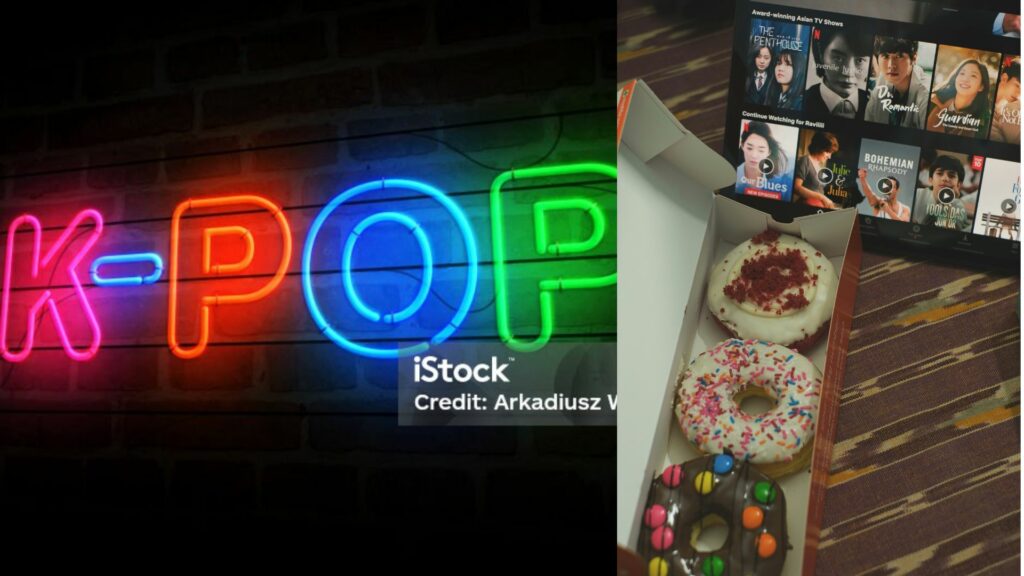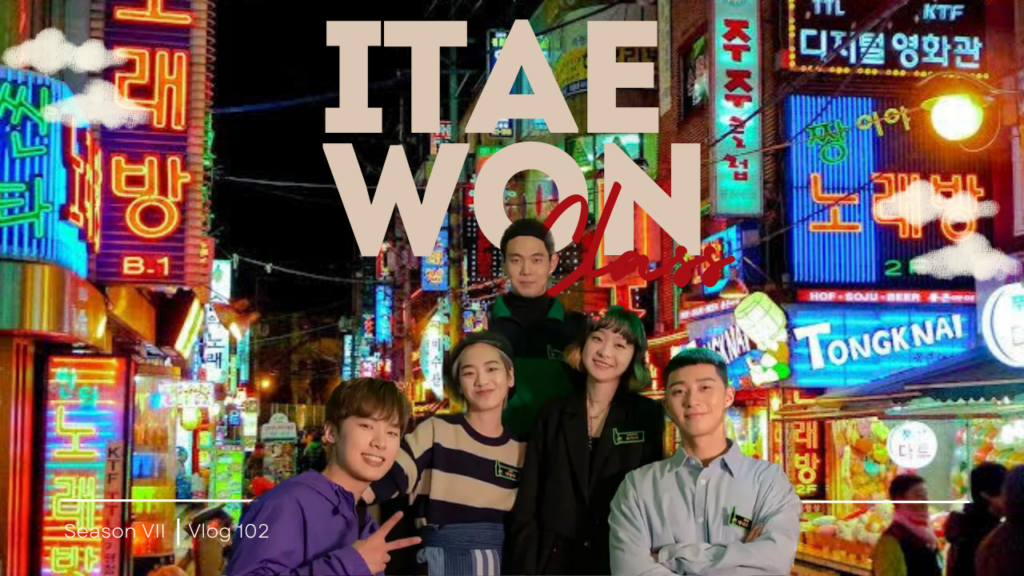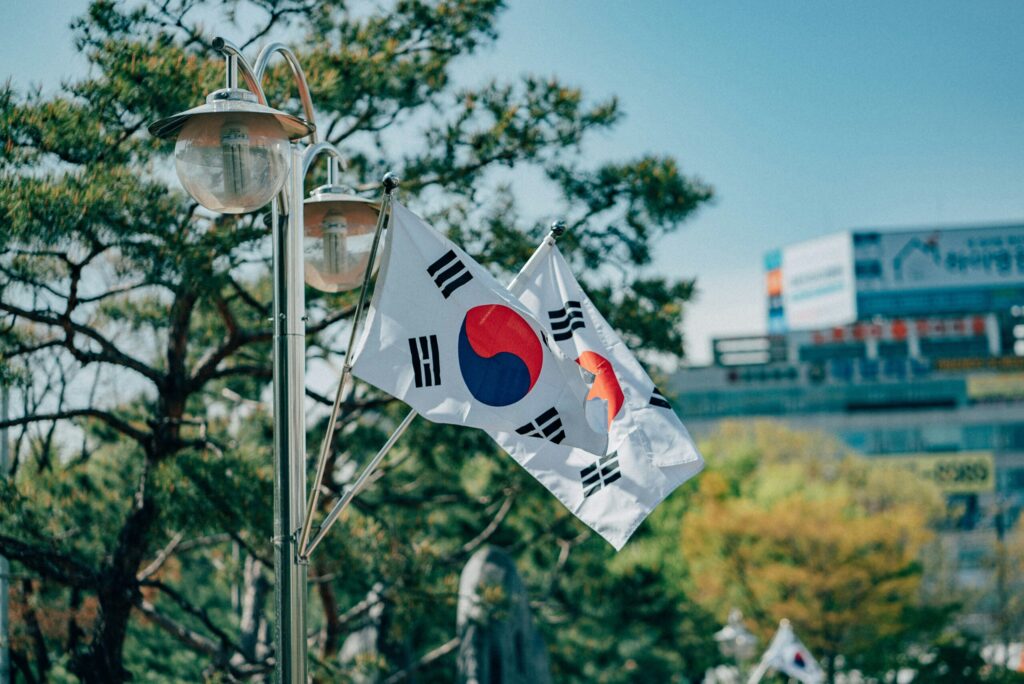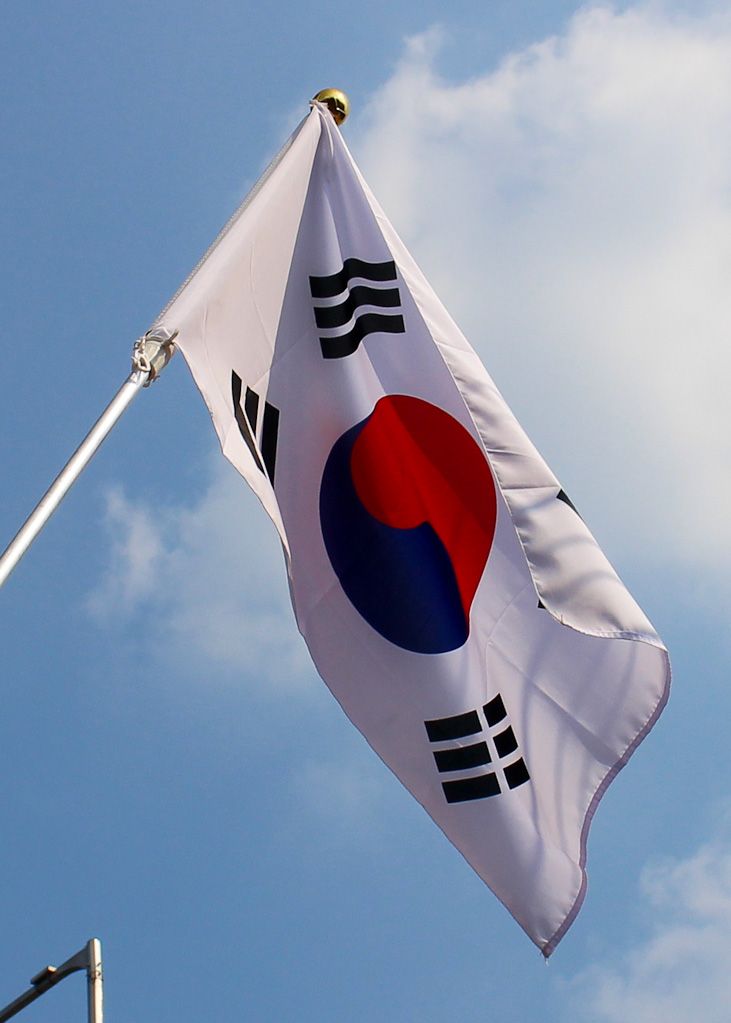The Spread Of Korean Language
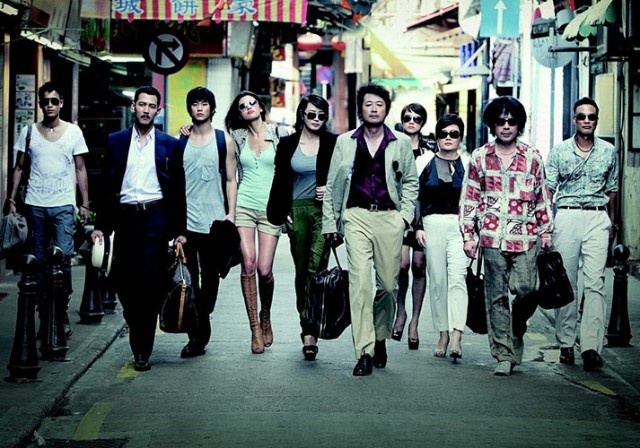
In Modern era as we speaking now, there are lot of modernism spread across the world and Korea is one of them. Speaking of Modernism, the one main aspect that we should look forward is language. Korean is the 14th most-spoken language in the world. Over 77 million people speak it as their native language. But global interest in the Korean language is spreading far faster than seems likely given South Korea’s physical size. Korean Language known as Hangukmal (한국말) or hangugeo (Hangeul:), despite its origins being uncertain, historical records indicate that the Korean language has been in use since 57 BC, with its earliest form referred to as Old Korean. It is believed that there were three primary dialects corresponding to the Three Kingdoms of Korea. While these dialects shared the same language, they displayed notable variances in vocabulary and pronunciation, similar to the distinctions observed between the North Korean and South Korean dialects in contemporary times. Korean language mainly has 2 main dialects which is, South dialect (Seoul dialect) and North dialect (Pyongyang dialect).
Modern Korean Language.
Middle Korean emerged as the succeeding period in the development of the Korean language, spanning from the 11th to the 16th centuries. Its inception coincided with the establishment of the Kingdom of Goryeo. During this era, the capital was relocated to the Northern Korean Peninsula, and the Kaesong dialect served as the foundation for Korean vocabulary and pronunciation. The advent of Modern Korean occurred in the 17th century, representing a further evolution of the language. One notable departure from its predecessor, Middle Korean, is the absence of tonality in Modern Korean. While tones have largely disappeared, some dialects maintain pitch accents to indicate stress placement during speech, though this no longer alters word meanings as it did in earlier centuries. Regarding dialectical variations, the Korean language encompasses six major dialects today, each exhibiting significant disparities in alphabet usage, pronunciation, and orthography. Nevertheless, mutual intelligibility persists across Korea. Additionally, official settings in both South Korea and North Korea feature distinct dialects.
Since the late twentieth century, Korea has received unprecedented attention from the world due to its large economy which has grown to eleventh in the world based on GDP ranking and the increase in global popularity of South Korean culture, called the Korean Wave. The term “Korean Wave” has been well spread in the last couple years, mainly pioneered by the Korean film industry such as the massive growth for South Korean Film Industry, K-Drama, K-Pop is the newer trend products these days. With K-Dramas makes impact upon the increasing the use of Korean slang such as :
- 남사친 (namsachin) – A guy who is “just a friend”
- 남친 (namchin)= Boyfriend,| 여친 (yeochin)= Girlfriend
- 혐 (geukyeom) – Extreme disgust
- 대박 (daebak)– Awesome
- 현웃 (hyeonut)– LOL
- 헐 (heol)– OMG
- 치맥 (chimaek)– Chicken and beer


 Indonesia
Indonesia 